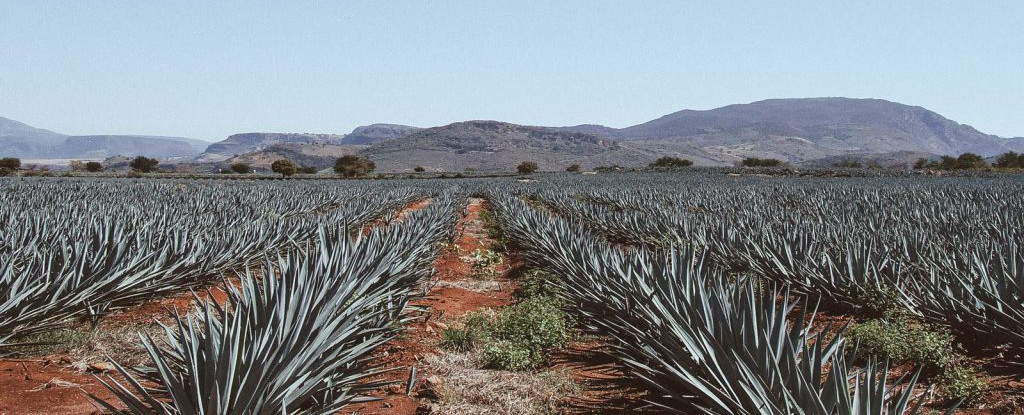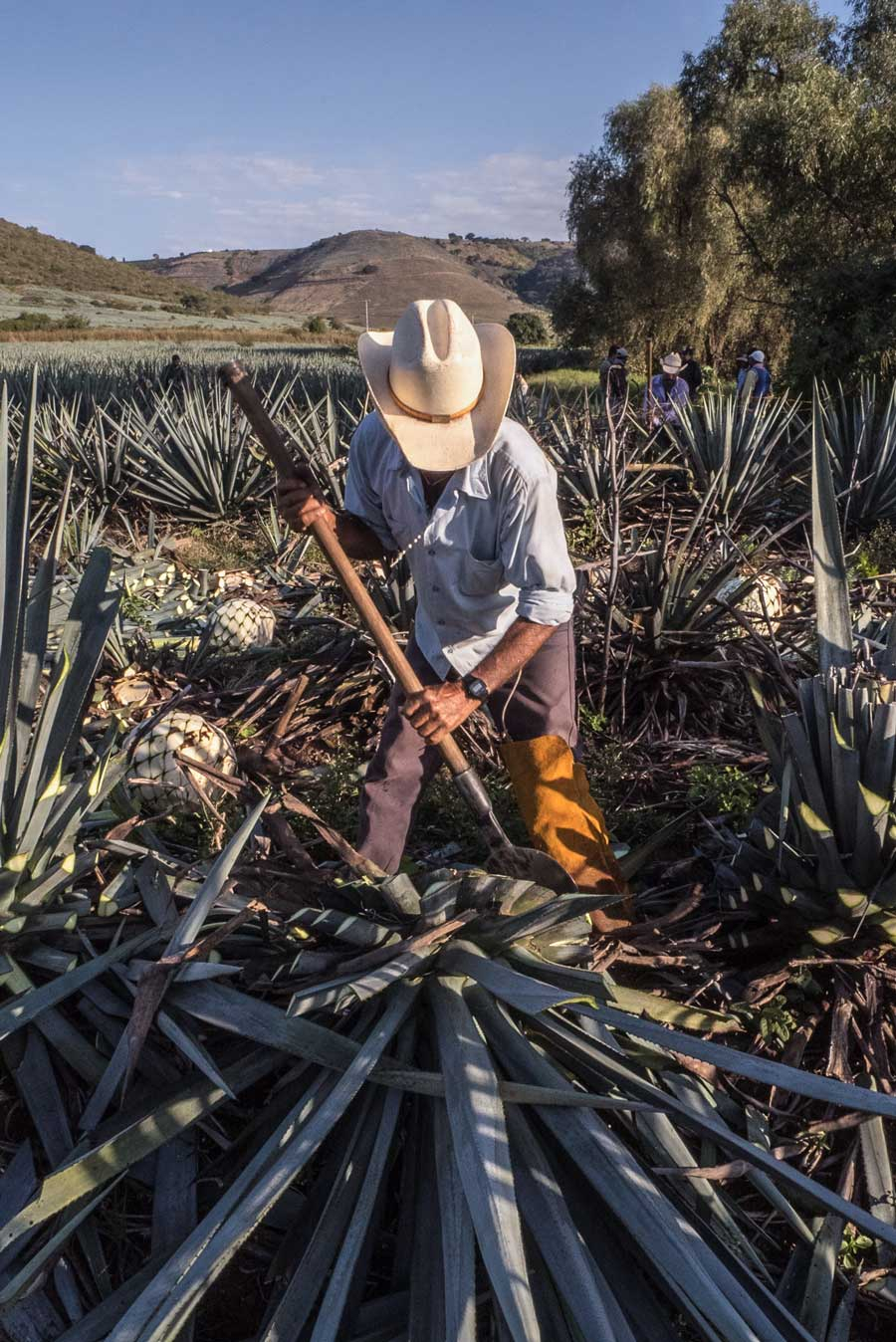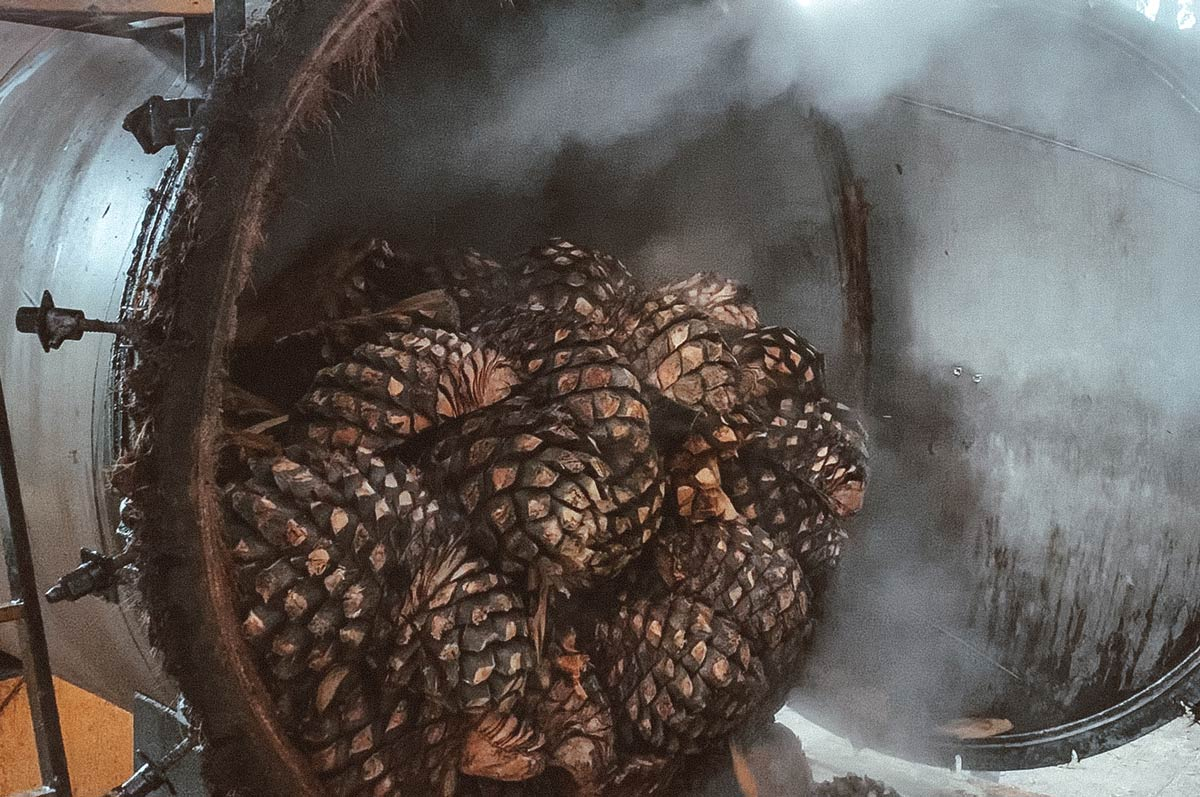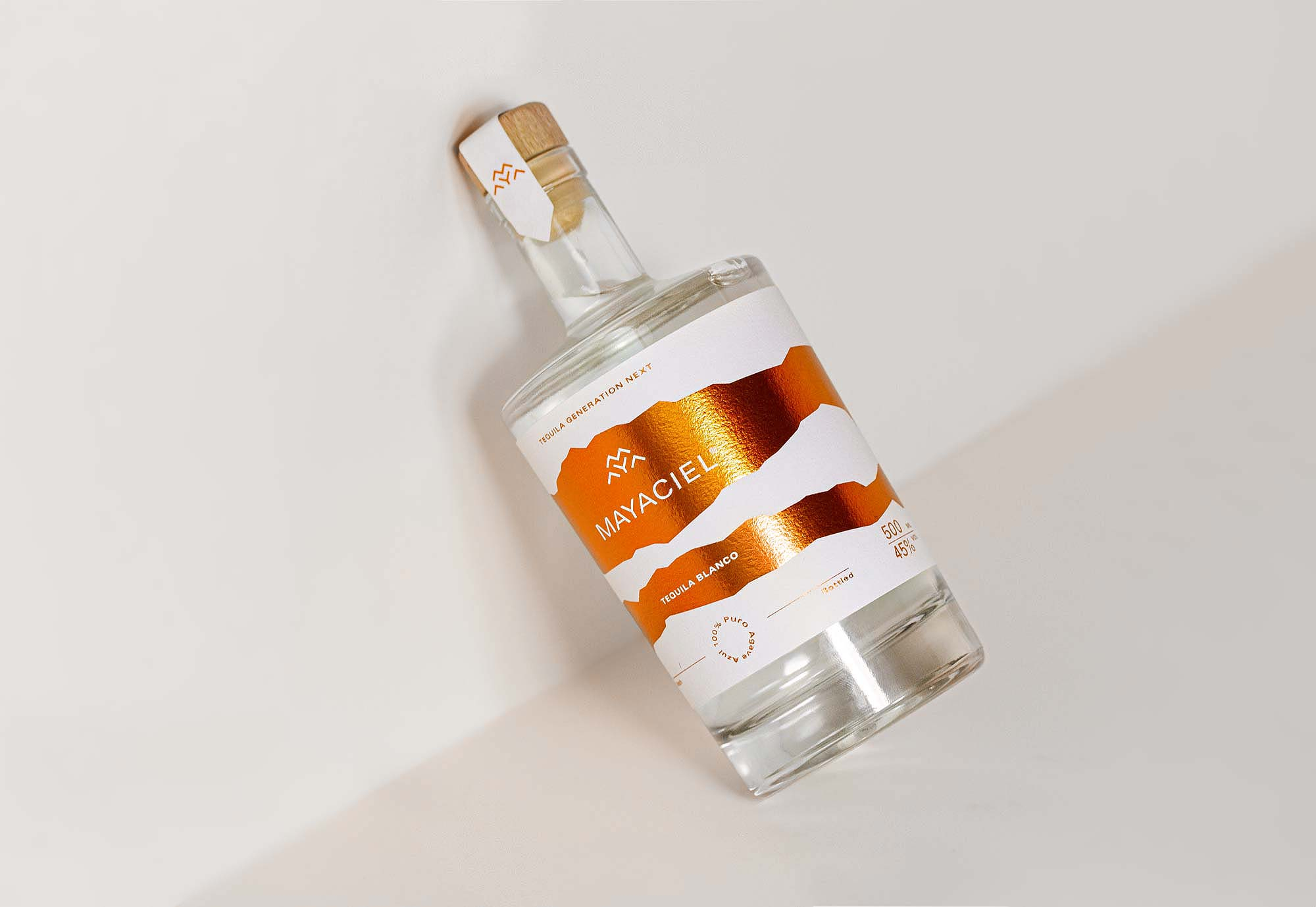Tequila facts: Part 1 – Production
The Agave
Let’s talk about some tequila facts – The production process of tequila starts with the agave, more precisely the blue Weber agave. The Mexican regulatory authority for tequila, the Consejo Regulador del Tequila, A.C., strictly stipulates that tequila can only be called tequila if it is made from 100% Weber blue agave, there is one exception, more on that later. In general, spirits made from agave, no matter what kind, are called mezcal, so tequila is a subspecies of mezcal, so to speak, only much more strictly regulated. This blue Weber agave used to grow almost exclusively in the Mexican state of Jalisco, near the city of Tequila (hence the name). Today, the agave is mainly cultivated in Jalisco, but also in Sinaloa, Michocan, Sonora and Oaxaca for the production of tequila. The agaves for our MAYACIEL Tequila, for example, also grow in Jalisco, more precisely in Amatitán.

CREATOR: gd-jpeg v1.0 (using IJG JPEG v62), quality = 82
The craft of making tequila
The agave plant grows for up to 8 years before it reaches the degree of maturity it needs to be processed further. For harvesting, the sharp-edged leaves are removed and later the agave hearts, so called piñas, are harvested. This is performed by the very skilled jimadores, the traditional agave farmers. This can sometimes be exhausting, not only because of the heat – a piña can weigh over 100 kg.
The hearts are cut in half and then steamed in the oven at c. 120° for 12 – 18 hours. They subsequently cool down and are crushed and squeezed with the addition of volcanic stone-filtered spring water. The resulting sweet juice, aguamiel, honey water is fermented for several days with the help of natural yeast from the air. During this process, the sugar contained is converted into alcohol and the yeasts die. Especially with tequila, fermentation is crucial production step concerning the flavour profile of the final product.


The Product
After fermentation, the resulting mosto is distilled twice with the utmost care and the result is: Tequila? Almost! The distillate now still has an alcohol content of up to 60% and is diluted with natural spring water to the desired alcohol content, for MAYACIEL to 45% vol. Before bottling, our Blanco is stored for at least another 40 days in stainless steel tanks to mature further and develop the perfect flavour profile.



